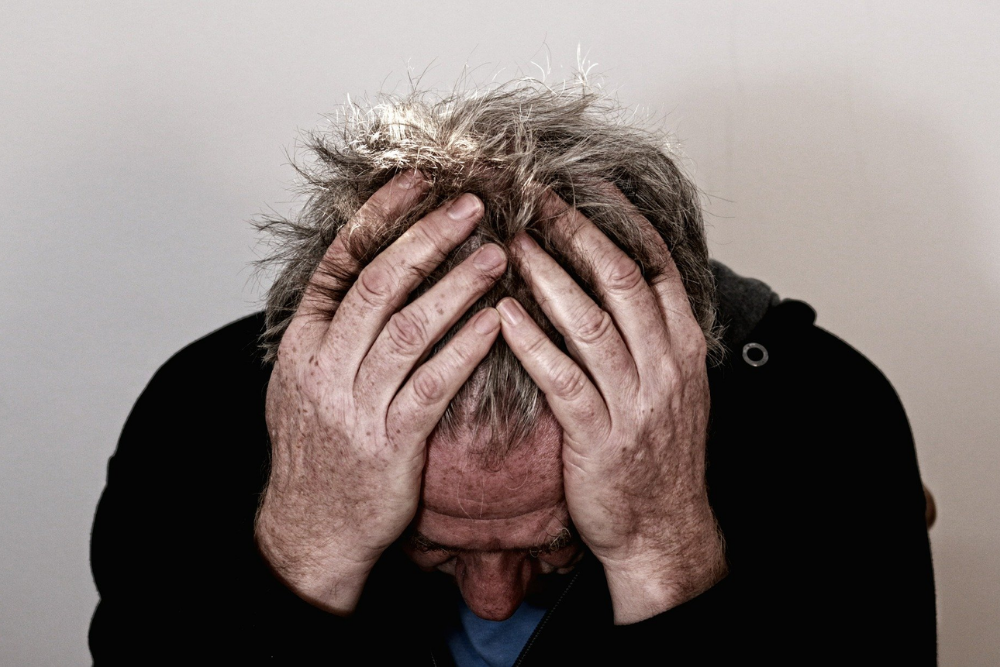Hip injuries and chronic hip pain are very common, especially as we age. The hip is a ball and socket joint that bears the brunt of our body weight when we walk, run, and move.
Years of wear and tear can lead to arthritis, bursitis, tendinitis, strains, sprains, and other conditions that cause hip pain.
If you have a “bad hip” that’s limiting your mobility and quality of life, physical therapy can often provide relief and help restore function. Here’s an overview of how Physical Therapy Advantage in Aurora addresses common hip problems.
Diagnosing the Cause of Hip Pain
The first step is for the physical therapist to thoroughly evaluate your hip injuries Aurora, to pinpoint the underlying cause of the pain.
They will ask about your symptoms when the pain started, what makes it better or worse, and what daily activities you have difficulty with.
The physical exam assesses your hip’s range of motion, strength, flexibility, and alignment. Special tests can help identify issues with the muscles, bones, tendons, ligaments, and joints.
Understanding the root cause determines the optimal treatments to reduce pain and improve mobility. Common hip problems treated with physical therapy include:
- Arthritis – Wear and tear damage to the hip joint cartilage and bones. Osteoarthritis is the most common.
- Bursitis – Inflammation of the fluid-filled sacs (bursae) around the hip joint.
- Tendinitis – Inflammation of the hip flexor tendons.
- Sprains & strains – Injuries to the muscles, ligaments, and tendons from sudden movements or overuse.
- Fractures – Broken hip bones from injuries and falls (often requires surgery).
- Labral tears – Rips in the labrum cartilage ring around the hip socket.
Benefits of Physical Therapy for Hip Injuries
Once the origin of your bad hip is identified, physical therapists develop a customized treatment plan. Physical therapy helps hip injuries through:
- Pain-relieving modalities – Hands-on techniques like massage, heat/ice therapy, electrical stimulation, and ultrasound relieve muscle tightness and spasms.
- Gentle stretching & exercises – Increase mobility and flexibility of the hip joint and surrounding muscles.
- Strengthening exercises – Target weakened hip and core muscles to improve stability and function.
- Manual therapy – Hands-on joint and soft tissue mobilization improves motion and alignment.
- Functional training – Works on gait, balance, and activities of daily living, like standing up, walking, stairs, and getting in/out of a car.
- Education – Learning proper movement patterns and joint protection to avoid re-injury.
- Assistive devices – Canes, walkers, or braces provide extra stability for the hip joint.
Physical therapy helps reduce inflammation and pain in the soft tissues surrounding the hip. It also builds strength to better support and control hip joint movements. With improved mobility and less pain, daily activities become easier.
Customized Physical Therapy Programs
Experienced physical therapists tailor your rehab program based on your unique issues. Some examples of customized programs:
Hip Osteoarthritis
- Gentle range of motion and flexibility exercises
- Low-impact conditioning like walking or biking
- Hip-strengthening and postural exercises
- Manual therapy to improve joint mobility
- Braces or assistive devices as needed
Hip Bursitis
- Ice therapy to reduce swelling and pain
- Stretches and massage for tight muscles
- Gentle hip mobility and stabilization exercises
- Modify activities to avoid pressure on bursae
- Corticosteroid injections, if needed
Hip Labral Tear
- Gentle range of motion and flexibility exercises
- Core and hip strengthening
- Balance and gait training
- Manual therapy to improve mechanics
- Education on avoiding movements that impinge
Hip Tendinitis
- Ice therapy and massage
- Stretching tight muscles
- Eccentric exercises to strengthen tendons
- Normalize gait pattern
- Slow return to activities
How Long Does It Take to Improve a Bad Hip?
Most patients start seeing gradual improvement in hip pain and function after 4-6 weeks of regular physical therapy. However, recovery time varies widely depending on:
- Cause and severity of your hip condition
- Your age, weight, activity levels, and overall health
- How long you’ve had hip problems
- Whether you need surgery or not
- How diligently do you do rehab exercises at home
Be patient, as it can take 3-6 months of rehab to experience maximal benefits. Communicate regularly with your physical therapist so they can adjust your program as needed. With their help and your commitment, you can overcome many common hip problems.
See a Physical Therapist for Your Bad Hip
If hip pain is limiting your mobility and quality of life, make an appointment with a physical therapist. They will evaluate your hip, pinpoint the cause, and get you started on the optimal recovery program.
With tailored hip injuries aurora treatment from a skilled physical therapist, there are many ways to reduce pain and improve function in your bad hip.
Give it a few weeks of rehab exercises before deciding if more aggressive treatments may be needed. Physical therapy is an effective first-line option to help you get moving again.
Conclusion
Dealing with constant hip pain can be frustrating, but know there are options to help you feel better.
Physical therapy Aurora, IL, is the best initial treatment approach for many common hip injuries and arthritis. An experienced physical therapist will evaluate your hip, pinpoint the cause, and customize a progressive rehab program.
Contact the experts at Physical Therapy Advantage in Aurora!


 Home
Home










